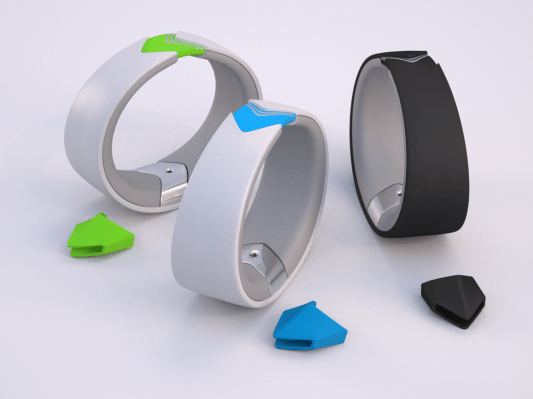Amiigo, a fitness tracker bracelet, shoe clip plus app that can tell what type of exercise you’re doing thanks to its combination of hardware sensors and gesture-based software algorithms, has kicked off its crowdfunding campaign on Indiegogo.
The team behind Amiigo had originally planned to start crowdsourcing funds back in October but delayed the launch of the campaign to work on improving aspects of the technology and to raise a funding round by a more traditional route. This VC funding round (sum undisclosed) was led by a UAE-based fund called Alpha Investments. Amiigo still wants to couple the VC investment with crowdsourced funding as it says the latter is a way to build a community around the product and “find initial beta users”.
Amiigo’s Indiegogo campaign went live early yesterday morning and is already around two-thirds of the way to achieving its $90,000 funding goal. “We’ve had a lot of interest so far!” says Amiigo’s Abe Carter.
Carter says the system now has the ability to discriminate “very subtle differences” between exercise sessions. “To say not only that you are ‘running on the treadmill’ as opposed to ‘the elliptical’, but also that your running is faster today, or choppier or less consistent. This principle holds true with all exercises,” he tells TechCrunch.
“We’re building a feature where the user can actually record different types of running in a practice session, and then see how/where those are turning up during competition or performance. Additionally, by using activity recognition data from friends and/or standardized references, a user can get feedback on how closely his/her ‘run’ resembles that of a friend or some professional athlete. It can be used as a powerful learning tool.”
Carter says Amiigo users will help the system get even more capable — by providing exercise data to broaden and deepen its recognition system. “Amiigo will provide the initial reference database (full of well over 100 commonly performed exercises) and the recognition system to identify the activities, but it’s the users who have the ability to take it to the next level. That is one of the things we’re most excited about!” he adds.
